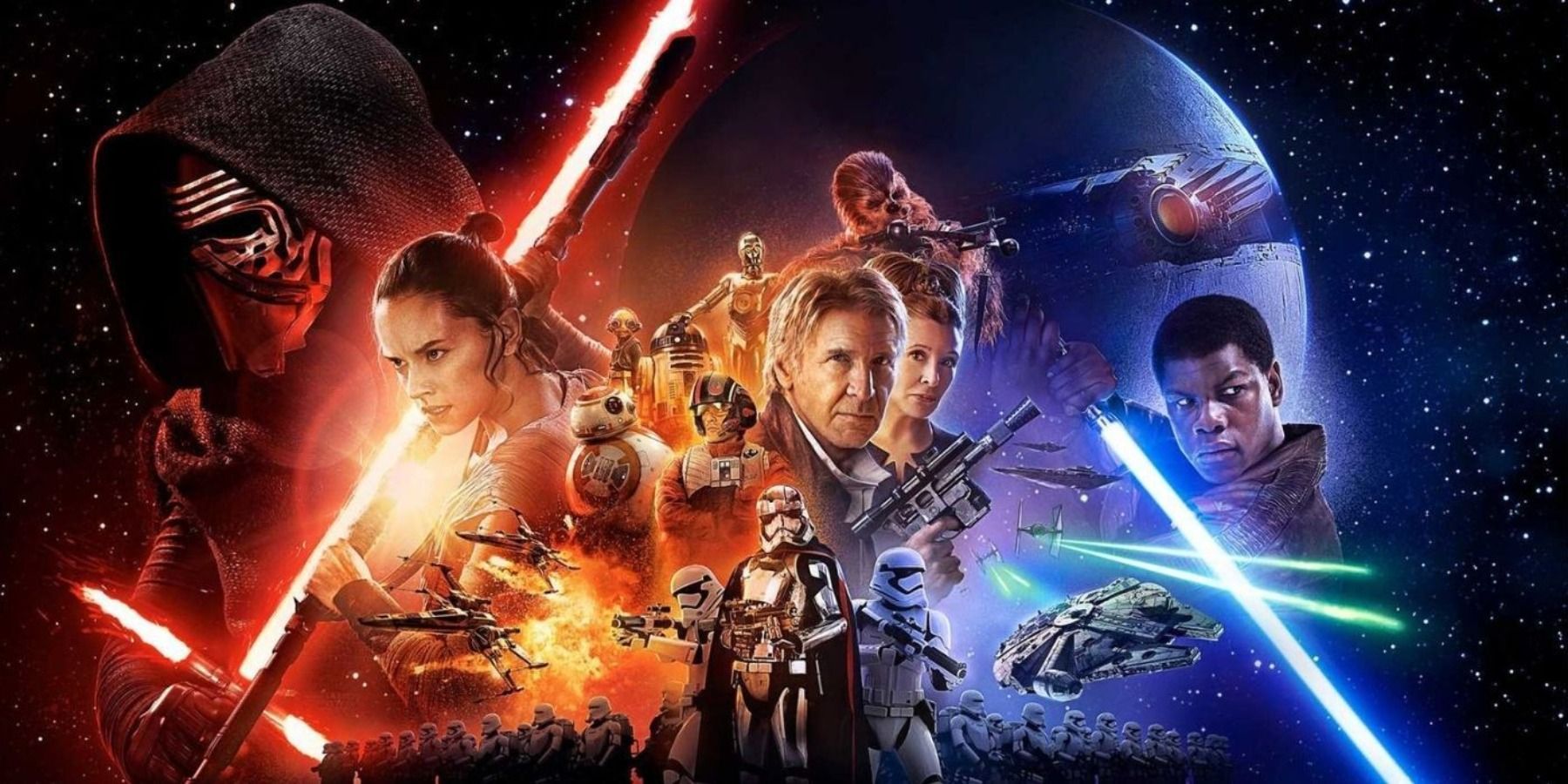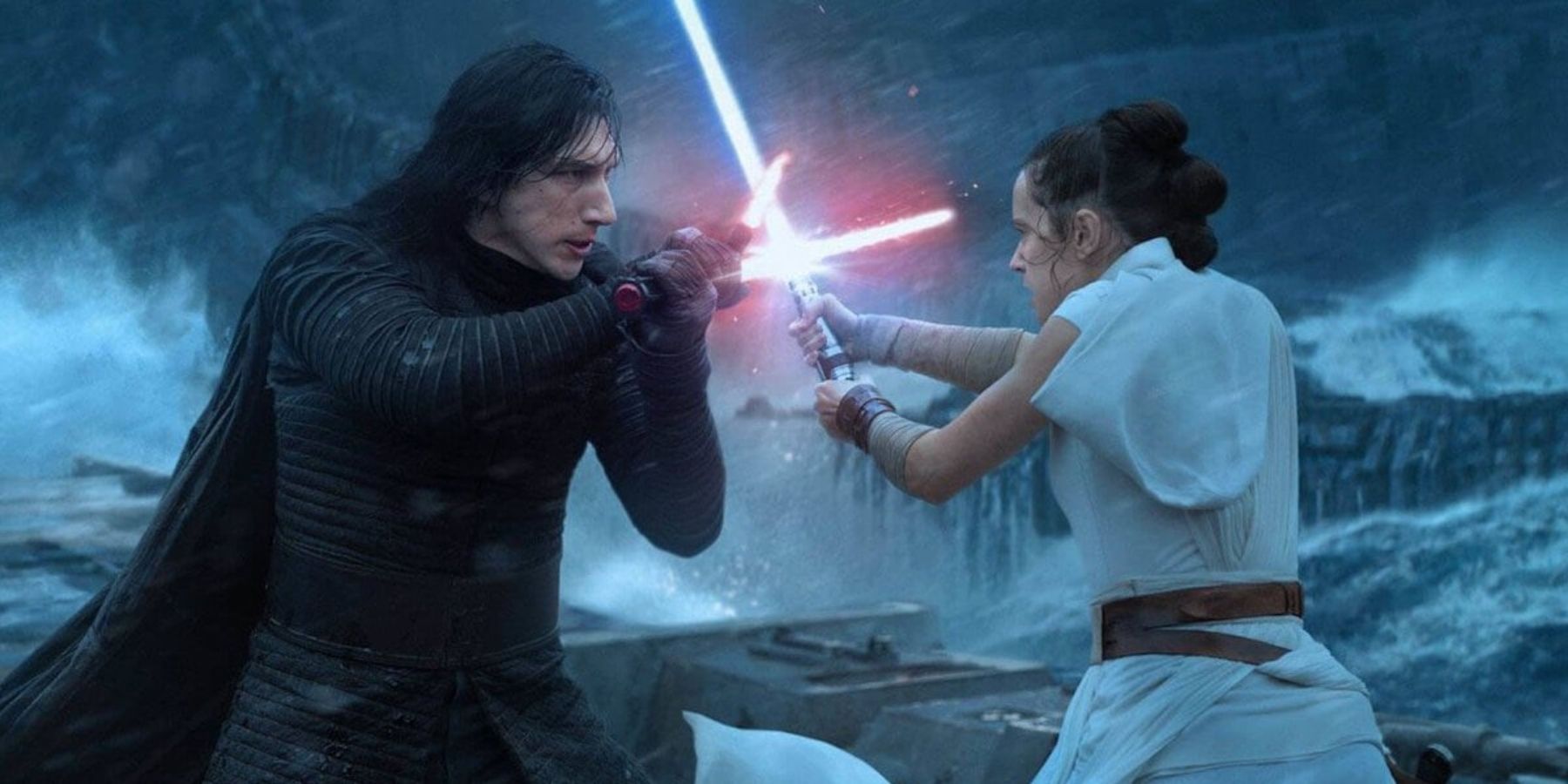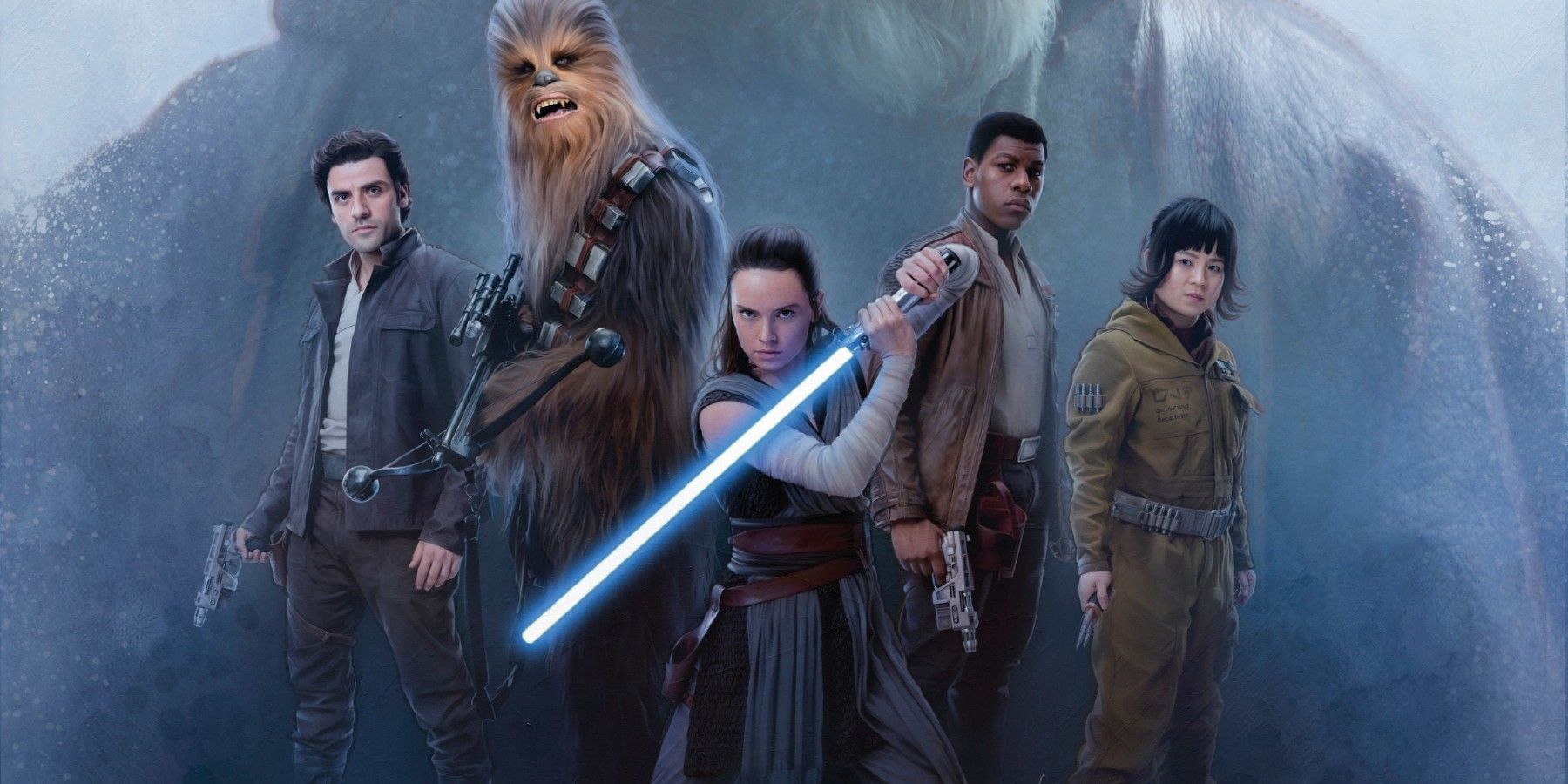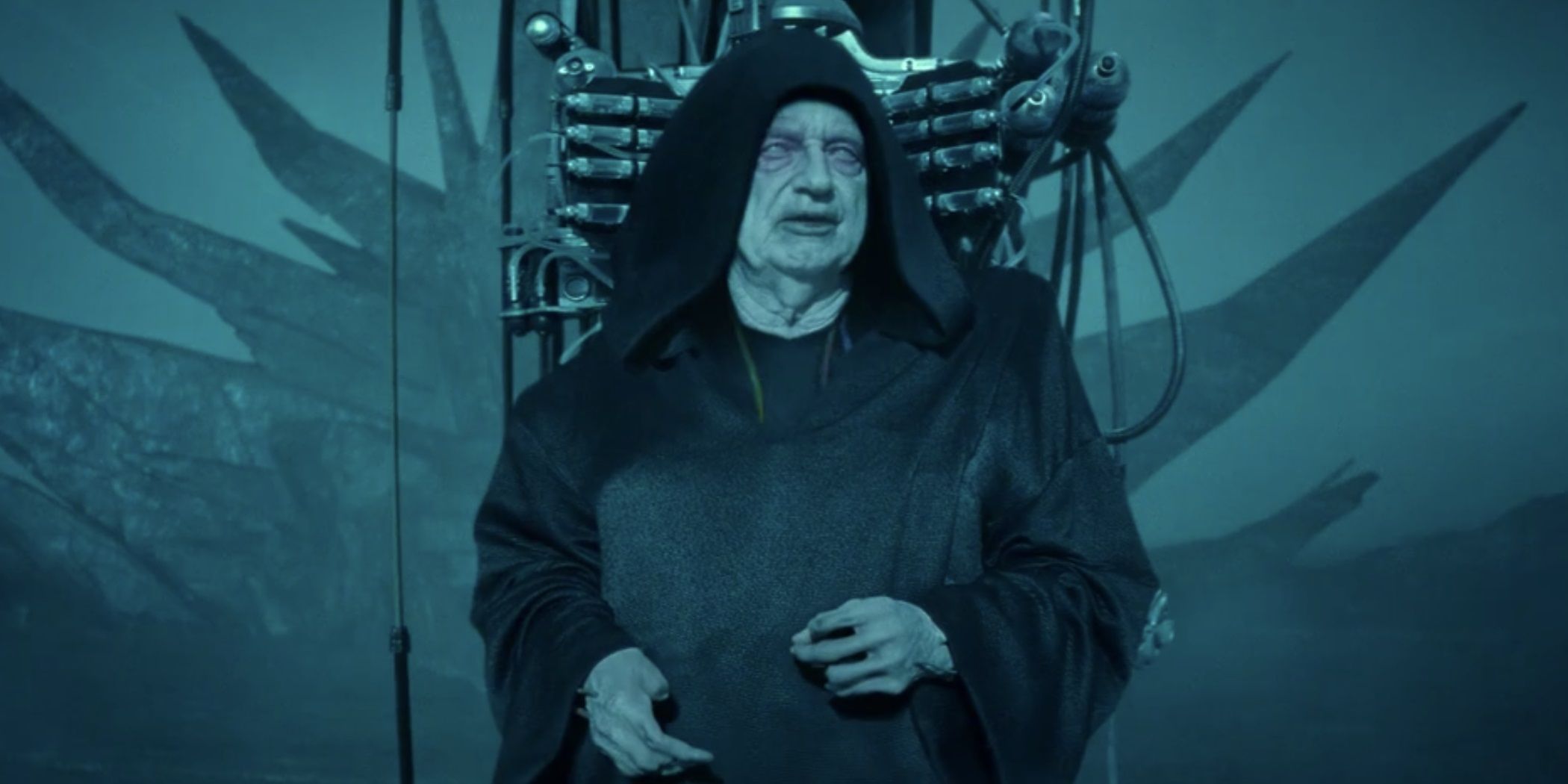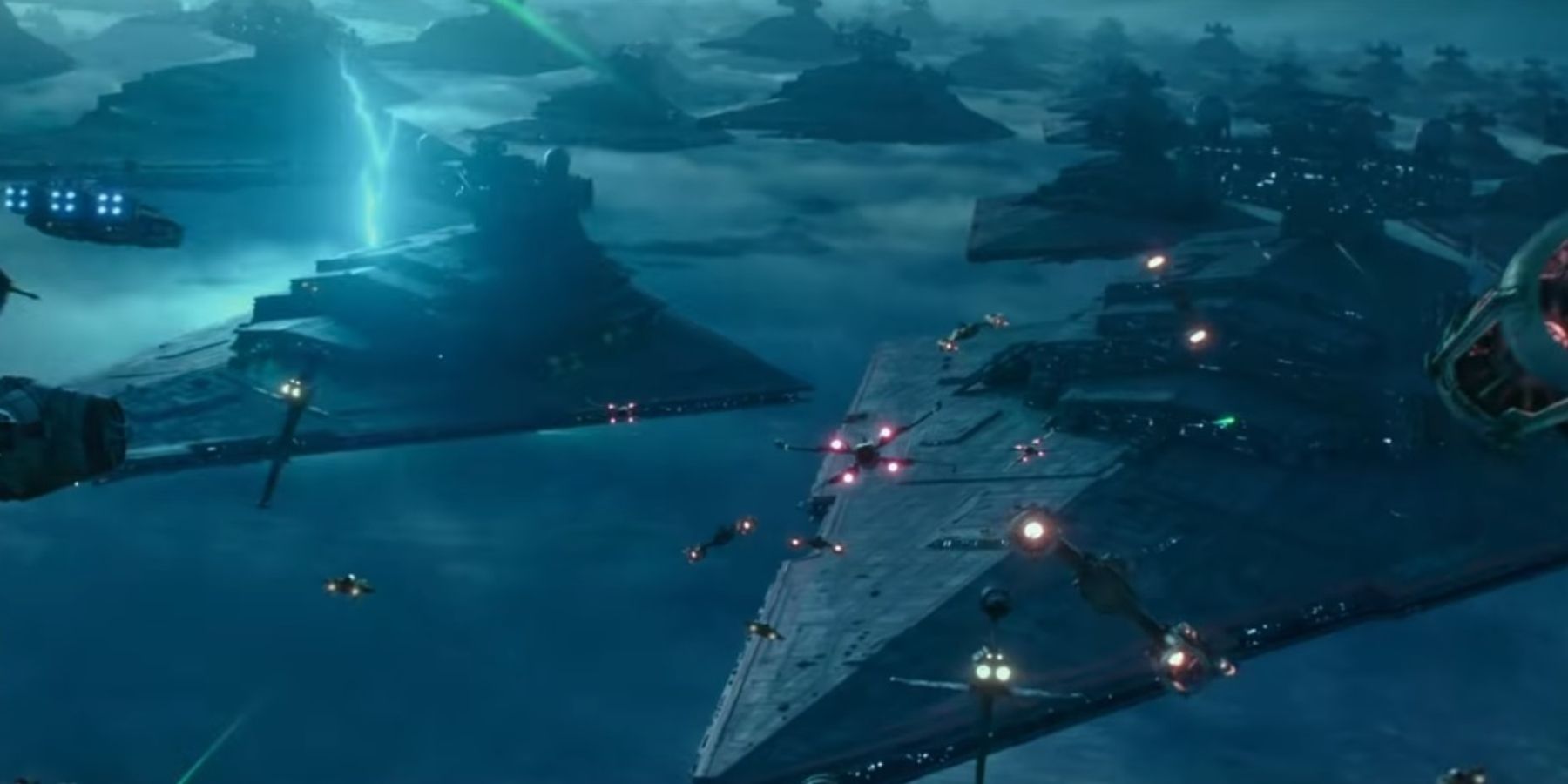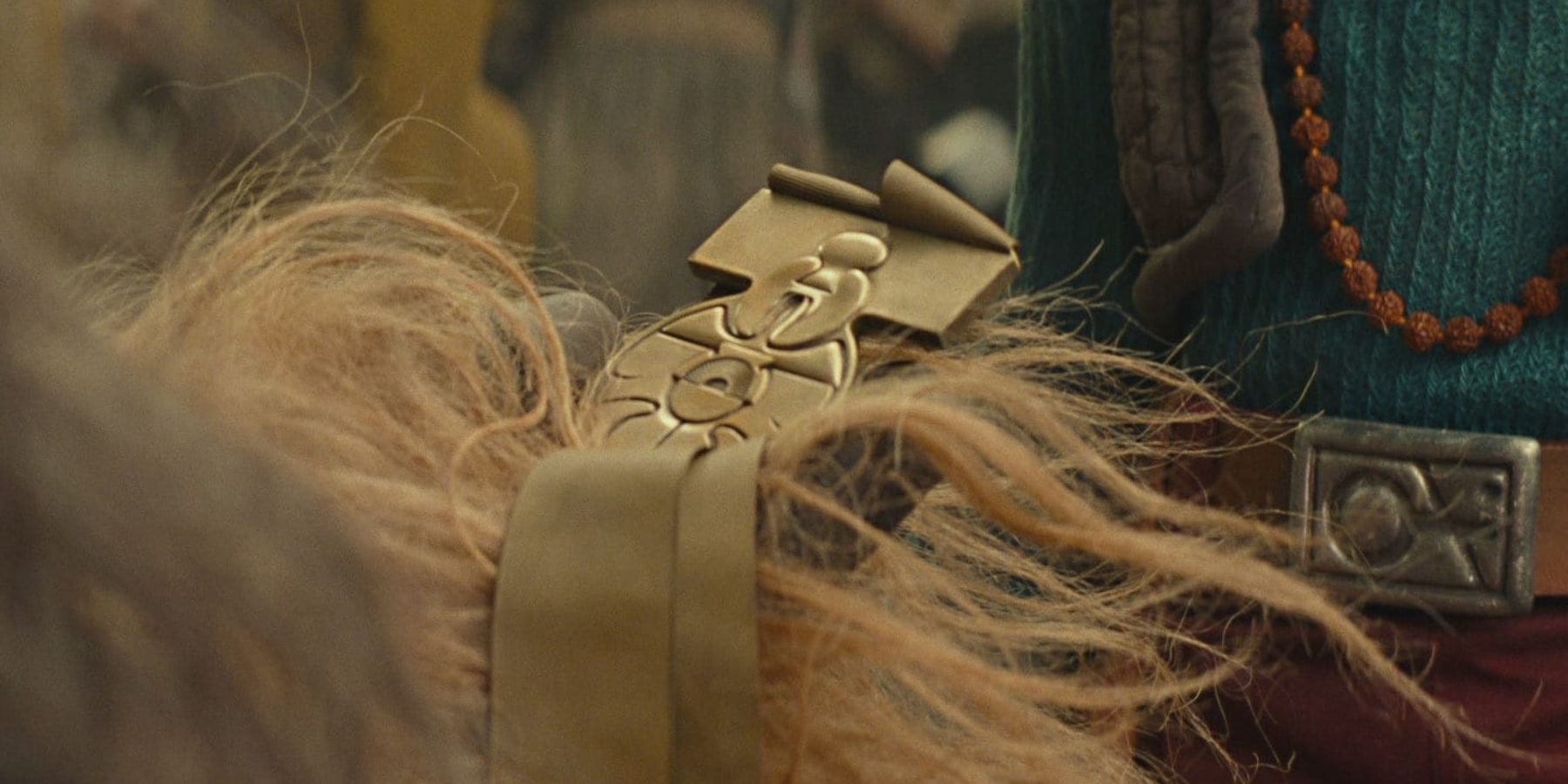With The Book of Boba Fett now streaming on Disney Plus, Star Wars is making headlines once again. The legendary sci-fi franchise has plenty of upcoming TV series in the works for Disney Plus, from Obi-Wan Kenobi to Ahsoka to Lando.
But besides next year’s Patty Jenkins-directed Rogue Squadron, Lucasfilm seems to be heavily prioritizing TV as the chosen medium for future Star Wars projects, while leaving the series’ original medium of film in the dust. And in the wake of the massively controversial The Rise of Skywalker, it’s not hard to see why. Despite all the initial hype, the Sequel Trilogy proved to be a disappointing finale to the Skywalker Saga — here are just a few of its mistakes that future Star Wars films should learn from.
No Clear Vision
The most obvious fault of the Sequel Trilogy is the clear lack of a single creative vision driving the series. Despite J.J. Abrams’ The Force Awakens seemingly setting up a clear direction for the trilogy, Rian Johnson took the story in a completely different direction in The Last Jedi — only for Abrams to then ignore Johnson’s decisions in turn with The Rise of Skywalker. The trilogy feels clumsy and disjointed as a result, more like a tug-of-war between two competing directors than an actual coherent narrative.
Whoever decided that the story of the Sequel Trilogy should be plotted out one entry at a time rather than planned in advance, the decision clearly didn’t pay off. And while the Original Trilogy also suffered from a lack of foresight (hence Leia kissing Luke in Empire Strikes Back before later being revealed as his long-lost sister), but because George Lucas remained in creative control the whole time, each film builds naturally on the next instead of contradicting it, thus forming a satisfying narrative. Even the Prequel Trilogy, despite its own writing issues, has a consistent, even compelling story at its core. But alas, the same cannot be said for the Sequel Trilogy.
Too Many Wasted Characters
As a result of the previous issue, the vast majority of characters in the Sequel Trilogy feel mishandled at best and underutilized at worst. There are plenty of side characters like Maz Kanata, Rose Tico, Captain Phasma, and the Knights of Ren who are initially set up to be major players in the trilogy, only to ultimately accomplish nothing by the end of the story. Even seemingly major villains like General Hux and Supreme Leader Snoke amount to little more than bit parts in the grand scheme of things.
Frustratingly, this problem even extends to the main cast. While The Last Jedi offers some genuinely compelling characterization for Rey and Kylo Ren, it also shoves Finn and Poe to the side, relegating two-thirds of the main trio to irrelevant side plots instead of giving them a role in the main narrative. The Rey-Finn-Poe trio don’t even share the screen together until the end of TLJ, and by the time TROS rolls around, there’s too much plot going on to establish an actual group dynamic. As such, Finn and Poe ultimately have very little impact on the story, despite being part of the main cast of characters.
Detracting From Previous Films
One could easily make the argument that the very premise of a Sequel Trilogy is a fundamentally flawed concept from the start. After all, picking up where Return of the Jedi left off takes what was once a cathartic, thematically satisfying conclusion to the Skywalker Saga and retroactively invalidates it, taking the perfect finale to the original Star Wars story and turning it into a false ending. If the galaxy is still at war against the remnants of the Empire, then it means that the heroes of the Original Trilogy ultimately failed to keep the peace.
It doesn’t help that Luke, Han, and Leia all meet tragic deaths throughout the Sequel Trilogy trying to stop Kylo Ren — the very champion of the Dark Side who slaughtered his fellow pupils of the new Jedi Order. And of course, there’s the matter of Palpatine’s return, which removes much of the narrative weight from Darth Vader’s heroic sacrifice. The efforts of heroes past are not honored, but invalidated, and the story ends with the galaxy returning back to where it was at the end of Return of the Jedi, with no lasting progress being made in the meantime. Despite being intended as a love letter to the Original Trilogy, the Sequels end up defiling their legacy instead.
Weak Worldbuilding
Another common criticism against the Sequel Trilogy is the poor worldbuilding compared to previous films. One of the highlights of the Original Trilogy is the grounded, lived-in aesthetic, creating the impression of a universe with a history far beyond what’s seen in the actual story. Planets like Tatooine, Hoth, and Endor are some of the most iconic locations in film history — and even in the Prequel Trilogy, the likes of Naboo, Geonosis, and Mustafar stand out as memorable settings in the Star Wars series. Meanwhile, the Sequel Trilogy has failed to produce any memorable worlds of its own. Its most prominent setpieces fail to carve out an identity of their own, instead coming off as cheap imitations of more famous settings like Tatooine, Hoth, Korriban, and of course the Death Star.
Similarly, the vehicles and technology present in the Sequel Trilogy are mostly unchanged from those of the Original Trilogy. Even though 34 years have passed between trilogies (as opposed to the 19 years between ROTS and A New Hope), the X-Wings, TIE Fighters, and Star Destroyers of decades prior are still in use. The Sequels’ adherence to the aesthetic of the Original Trilogy prevents it from forming its own distinct identity — not helped by the fact that almost no time is devoted to exploring how galactic society has changed since the fall of the Empire and the rise of the New Republic.
Fanservice For Fanservice’s Sake
Finally, there are many moments throughout the Sequel Trilogy — primarily in Abrams’ films — that serve as shallow references to the Original Trilogy, invoking nostalgia while adding little to the story. For starters, The Force Awakens plays out almost like a beat-for-beat remake of A New Hope. The Rise of Skywalker is even more egregious, from reviving Emperor Palpatine as the main antagonist with minimal explanation to bringing back Lando, only for him to add nothing to the overall narrative. The Abrams films seek to emulate the Original Trilogy in surface-level ways without offering much substance of their own.
Overall, the Sequel Trilogy is a directionless mess of a series with a sorely underused cast that remains shackled to past films while simultaneously lacking so much of what made them great. Shows like The Mandalorian and The Clone Wars have avoided these problems, building on the movies’ story while still forging their own distinct identity. Future Star Wars films would do well to take notes in that regard.

